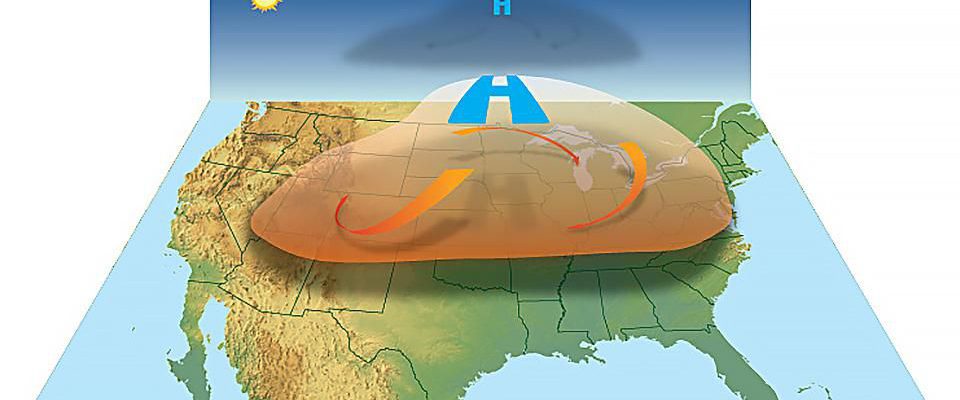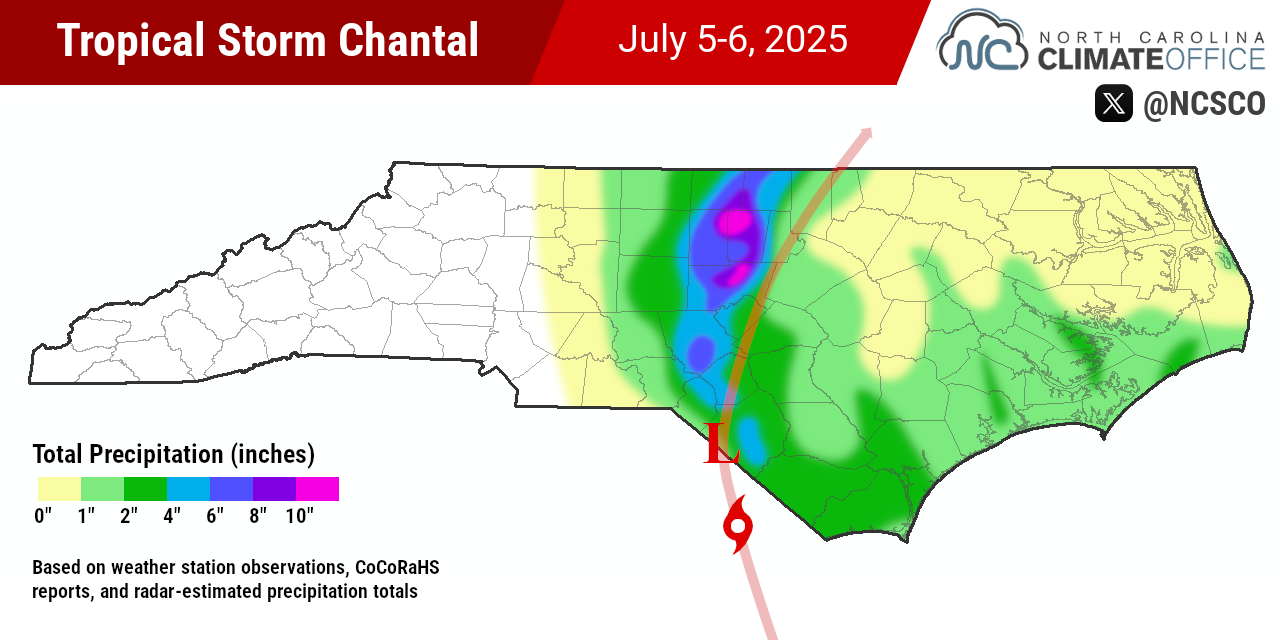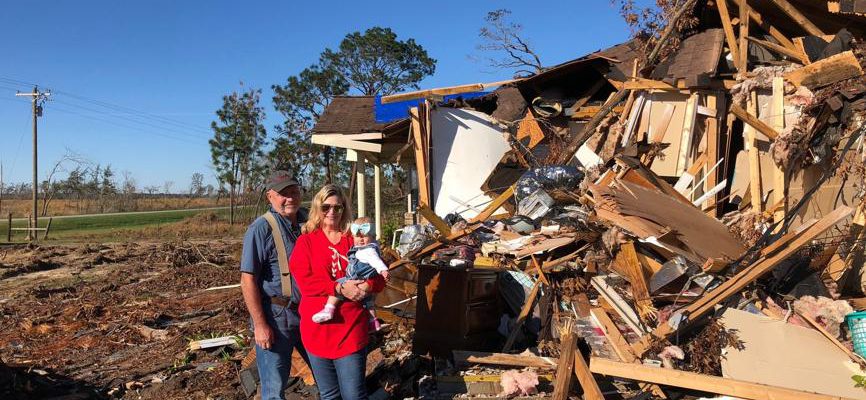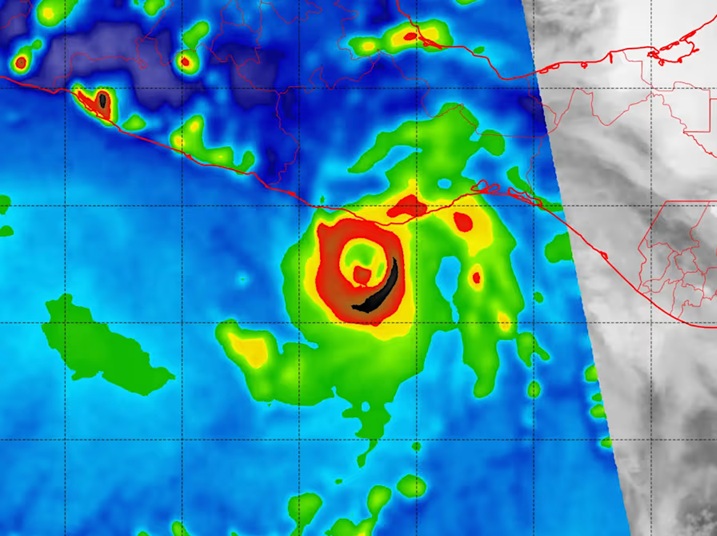Climate and Ag in the news
-

Here is a recent story from Citrus Industry that discusses the impacts that high temperature and humidity can have on farmer workers. This year has been particularly humid because of all the rain we have been having across the Southeast, so workers have really been affected by it. If you work outside, make sure you…
-

In news this week, it was reported that NASA as well as other government websites will no longer provide copies of the National Climate Assessments that are produced every four years at the request of Congress. I was an author of the Southeast chapter of NCA5. The group of authors that was starting to work…
-

Our friends at the North Carolina State Climate Office produced a quick overview of the rainfall from Tropical Storm Chantal and posted it to their blog earlier this week. Our son Evan, who lives near the Duke Forest in Durham, reported that their ground-floor apartment had water in it, and according to the report that…
-

Even though we have not been hit by a hurricane yet this year, now is a great time to prepare just in case you get hit by one later this year. Here is a good summary article on what you need to do before, during, and after the storm from Yahoo News. You can find…
-

A piece of very bad news for those of us who live in the hurricane region of the United States was released this past week. The U.S. Department of Defense announced it would immediately stop ingesting, processing, and transmitting data essential to most hurricane forecasts. This data is essential to accurate forecasting of hurricane conditions…
-

The next few days are going to be very warm across the region, especially those areas away from the coasts. Since it is the first big heat wave of the year, most folk are not yet acclimatized to the hot and sultry weather and need to take special care to keep themselves, their kids, their…
-

I’ve seen a lot of stories in the news relating weather and climate to scientific research studies or the Southeast. A few were also on the upcoming hurricane season. Here are some that you might find interesting. Tulane University: Study shows how El Niño and La Niña climate swings threaten mangroves worldwide Meteorological Technology International:…